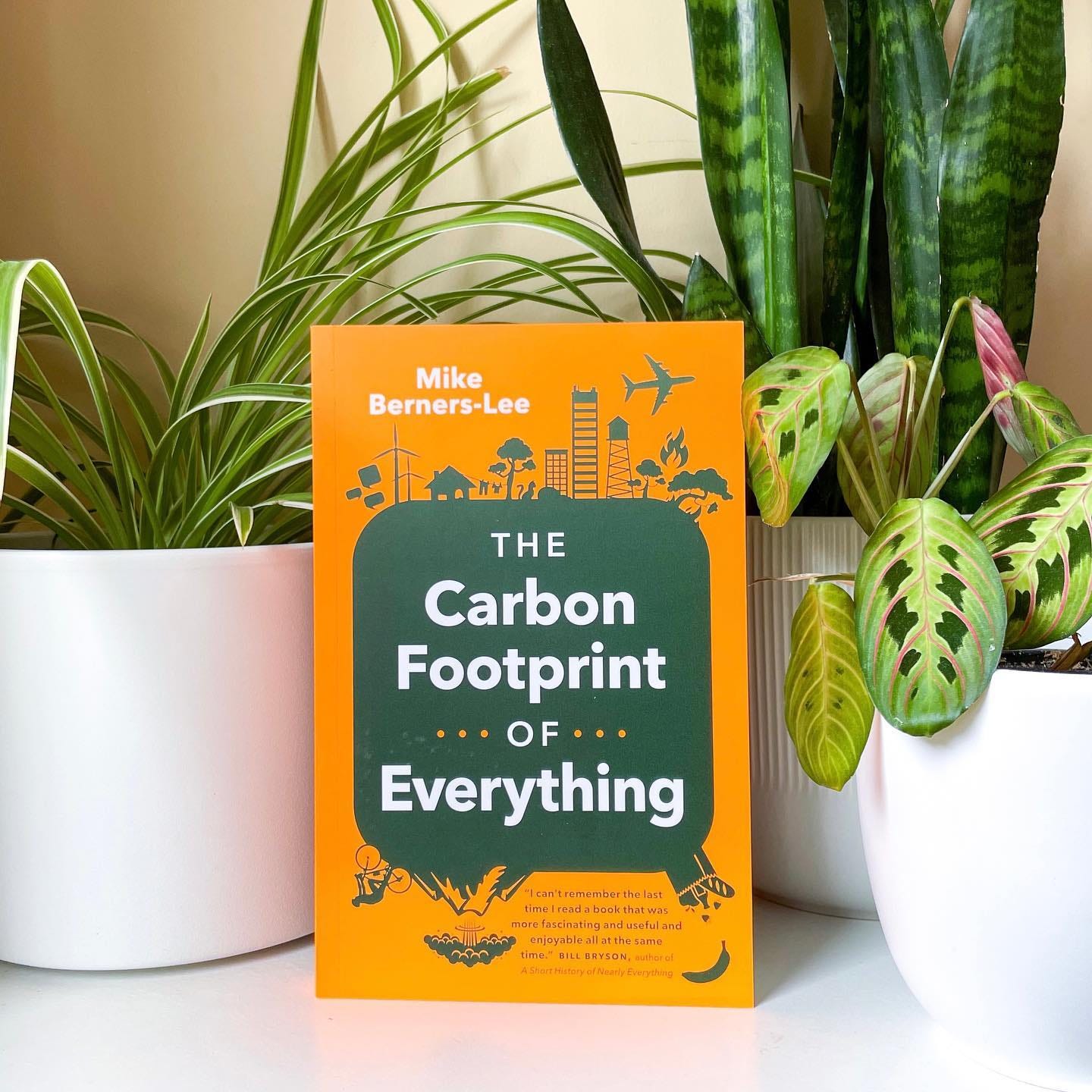CA30 - CARBON $$$
We need to think about carbon more like money and less like
THE TOPIC - CARBON + MONEY
One of the books I am reading is The Carbon Footprint of Everything by Mike Berners-Lee. It goes through, as you might expect, the carbon footprint of an incredible amount of things. From making a cup of tea or coffee to flying from London to New York. It’s quite fascinating when you look at how our daily activities have an impact on the environment.
If you are curious, here are a few stats from the book.
1.6 km on an electric bike | 15g-125g CO2e
1 week’s food shopping | 81k - 121kg CO2e
4kw domestic solar PV array | 5,000 kg CO2e
One of the questions the book poses at the very beginning is the question “Is carbon like money?” His answer is - kinda.
Carbon is like money because everything has a cost. Just like your new iPhone has a financial cost, it also has a carbon cost. The only difference here is that money costs you directly, carbon costs us collectively.
Carbon is not like money because we don’t have the instinct to understand which activities cost more than others. For example, when you go shopping you instinctively know that buying a fillet of salmon is more expensive than buying a pork chop. That instinct is thanks to the continual and regular exposure to money throughout our lives and the requirements of living within a budget. So how about from a carbon cost? Where does that fillet of salmon rank against that pork chop?
Much of the difficulty here is simply context. Salmon is universally more expensive than pork but it’s carbon impact differs depending on where you are. If you walk out your back door and catch a salmon yourself, it will have an extremely low carbon impact. Buy a frozen one from an Australian supermarket and the impact is very different.
This highlights the importance of increasing our carbon intelligence and intuition. Your location and the materials you choose for your building have a large impact on the overall carbon footprint.
Here is an idea - what if we tracked carbon like we tracked money? Let’s imagine what that would look like.
Predesign - The client provides financial & carbon budgets for the project.
Feasibility Study - Class D costing & early stage whole-life carbon analysis
Schematic Design - Class C costing, early-stage LCA & energy model
Design Development - Class B costing, update LCA & energy model
Construction Documents - Class A costing, update LCA & energy model
Construction Admin - Track contract cost changes, track carbon changes
Post Occupancy - Review cost & carbon results
1 PERSON TO FOLLOW
Paula is the Editorial Director at BuildingGreen which champions the changemakers in sustainable design and building with trusted insight, unparalleled education, and communities that are transforming the industry.
1 RESOURCE TO ACT ON
The Carbon Footprint of Everything is a really interesting read for anyone looking to understand a little more about the bigger picture of carbon emissions and how different activity emissions compare. Topics range from the impact of a cup of tea to a coal power plant. The great thing about this book is it’s upfront and clear that emissions aren’t an exact science. They are a range.




